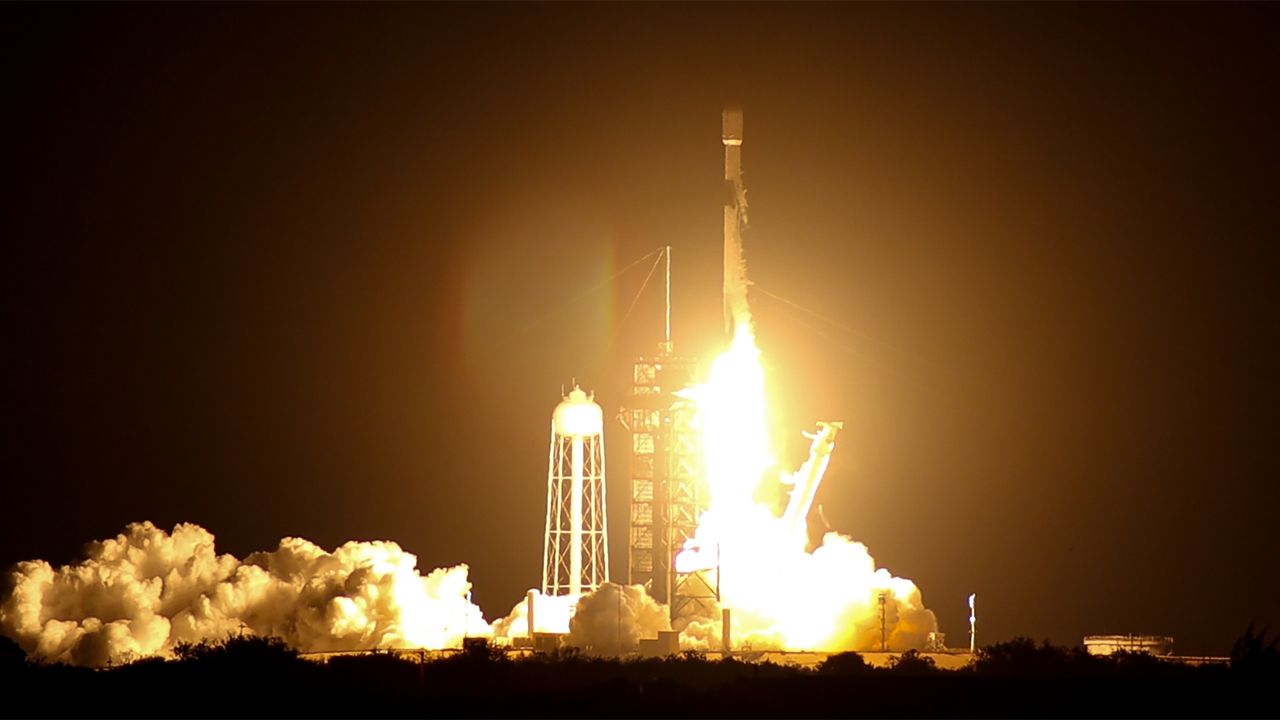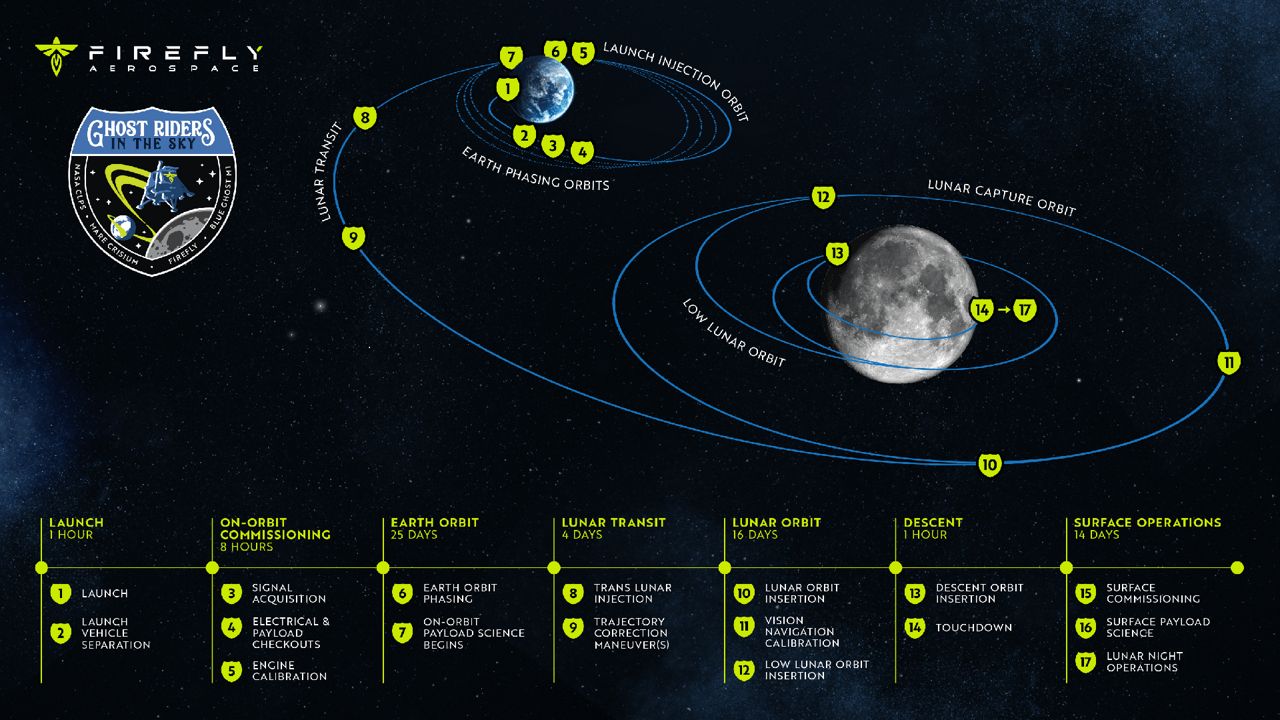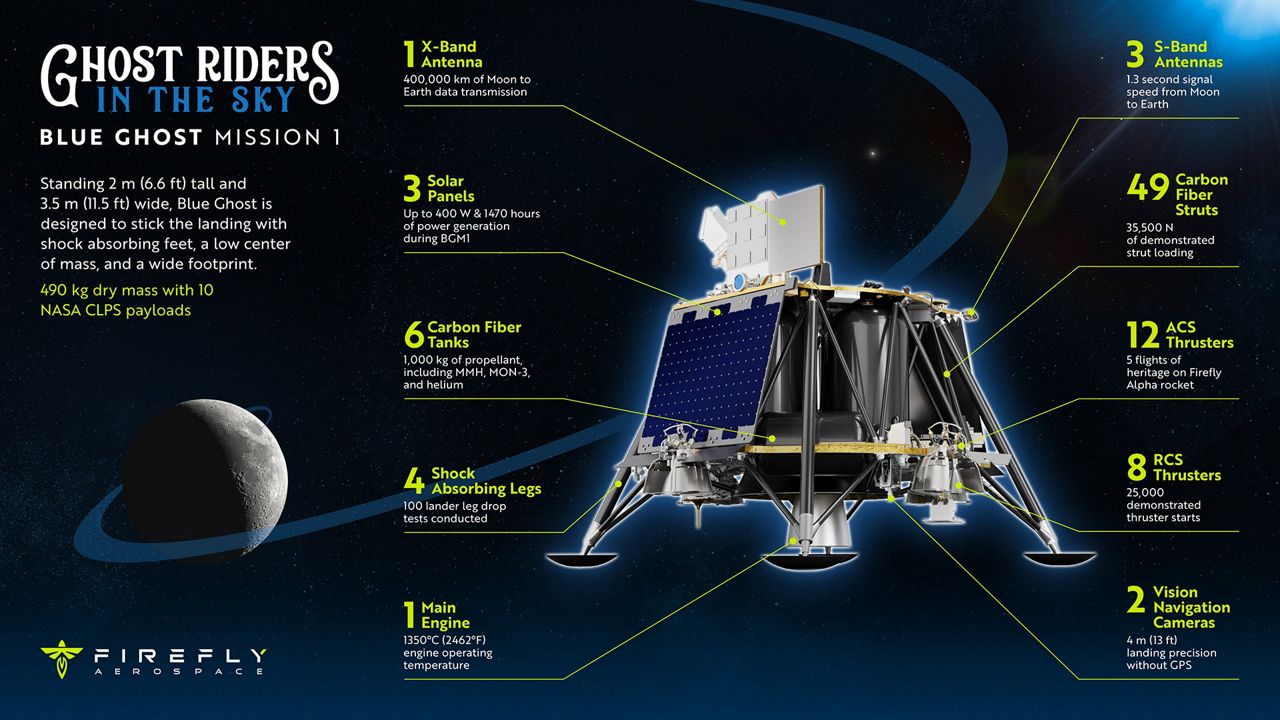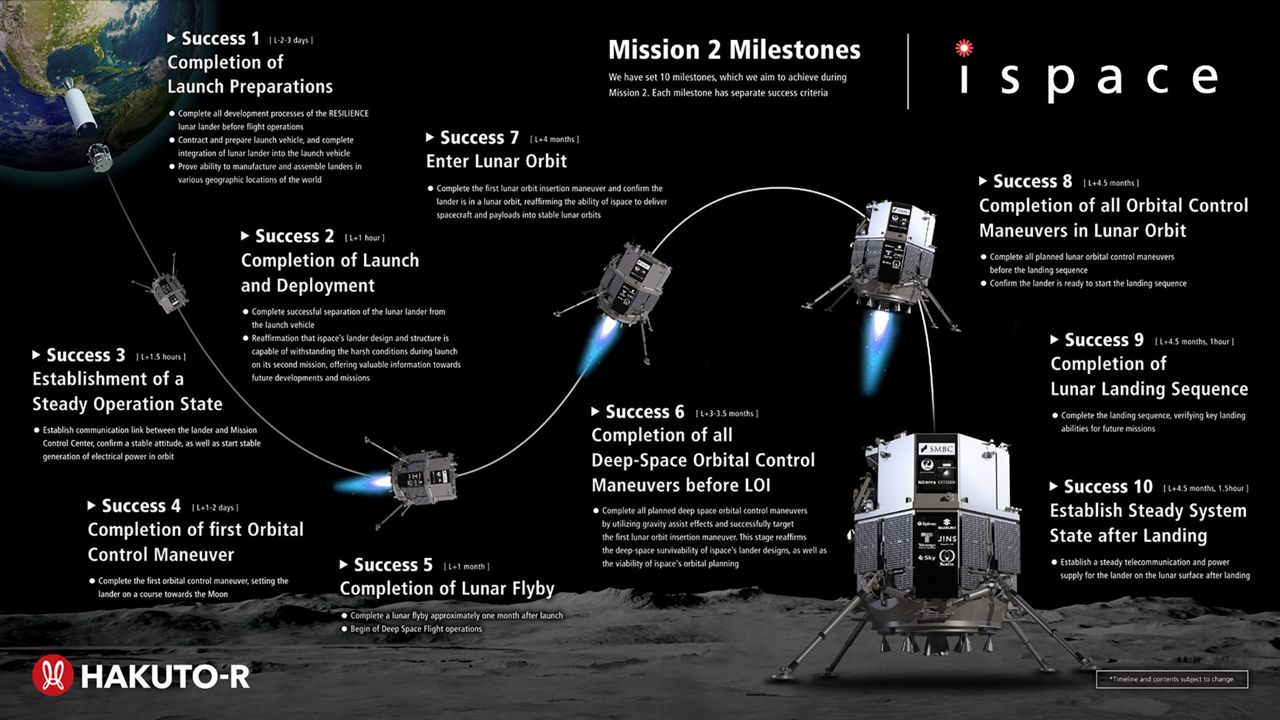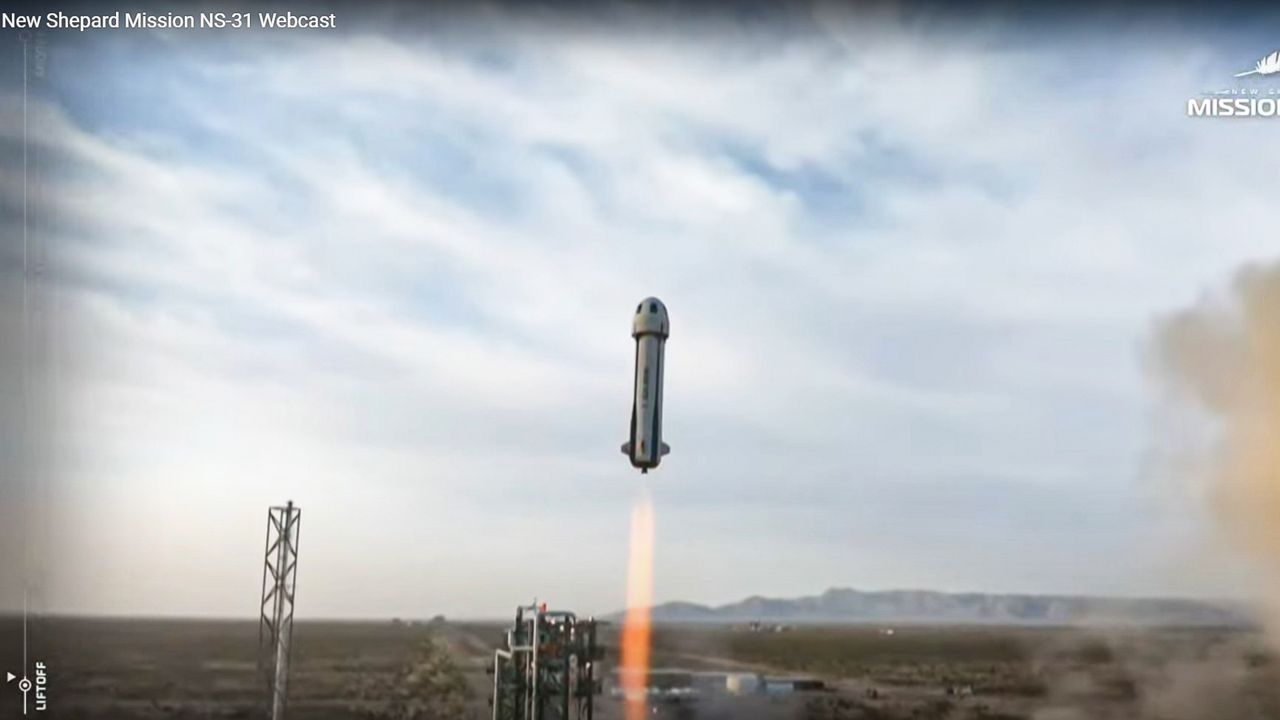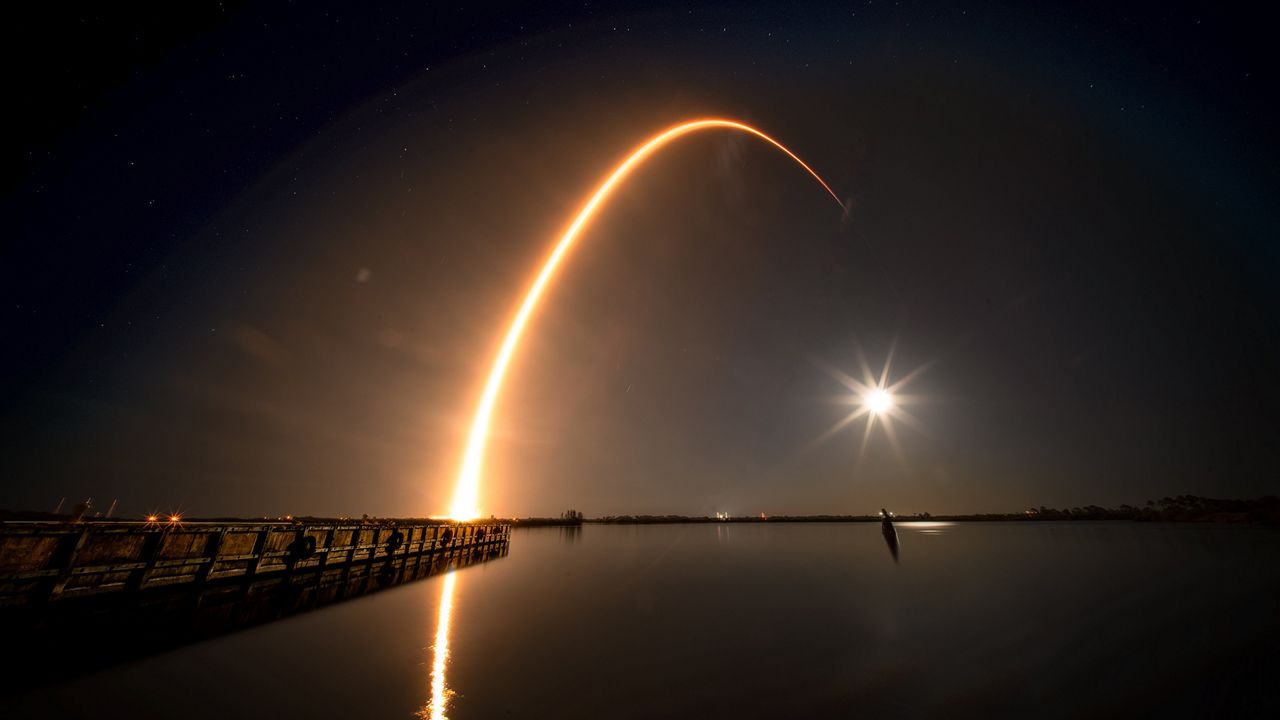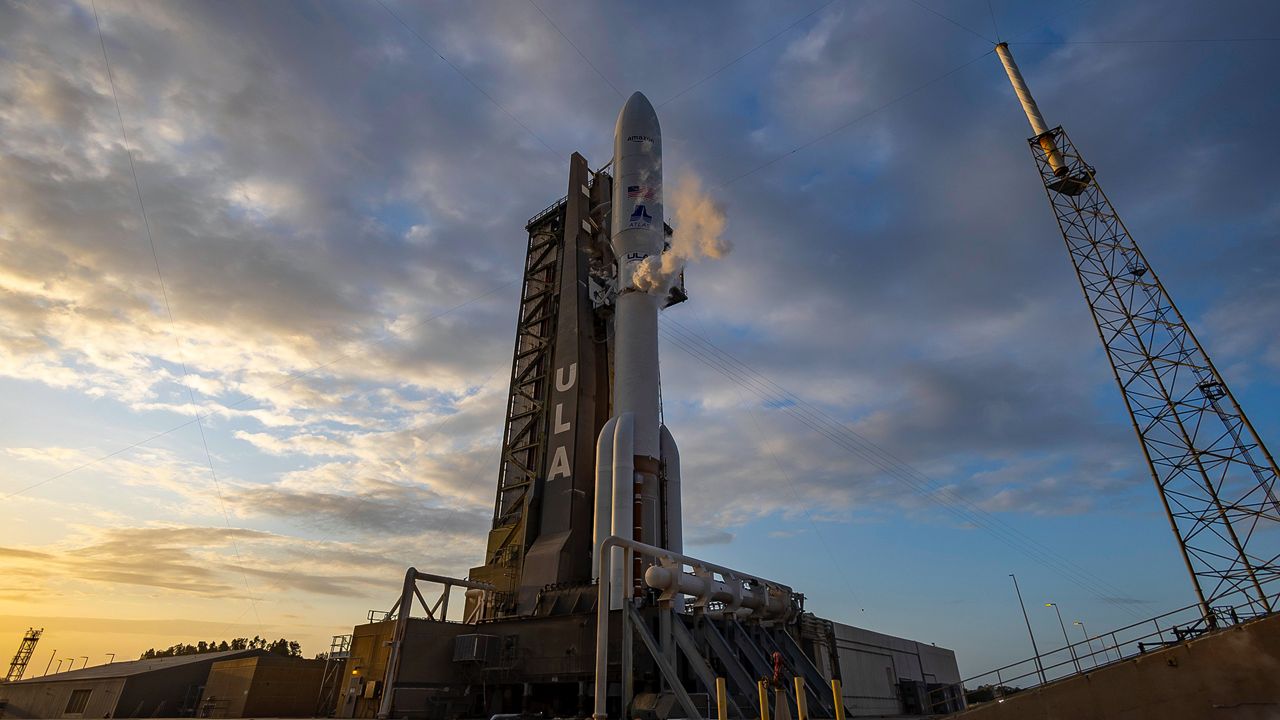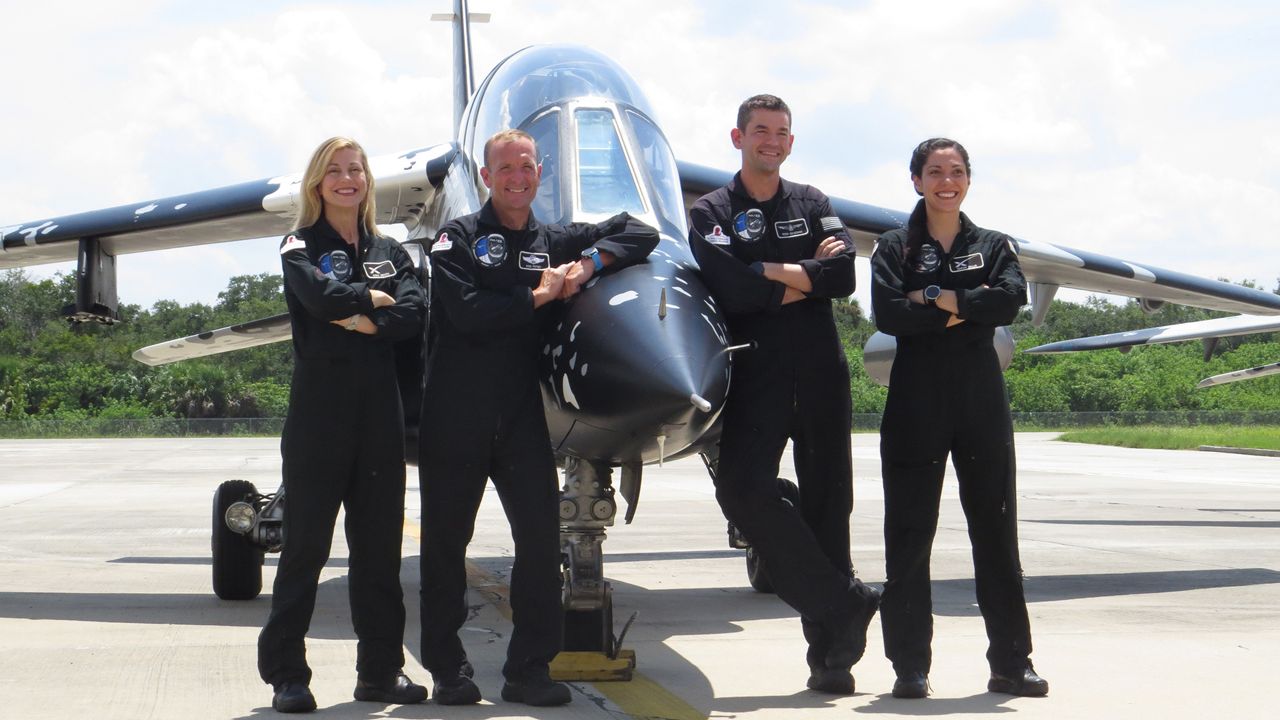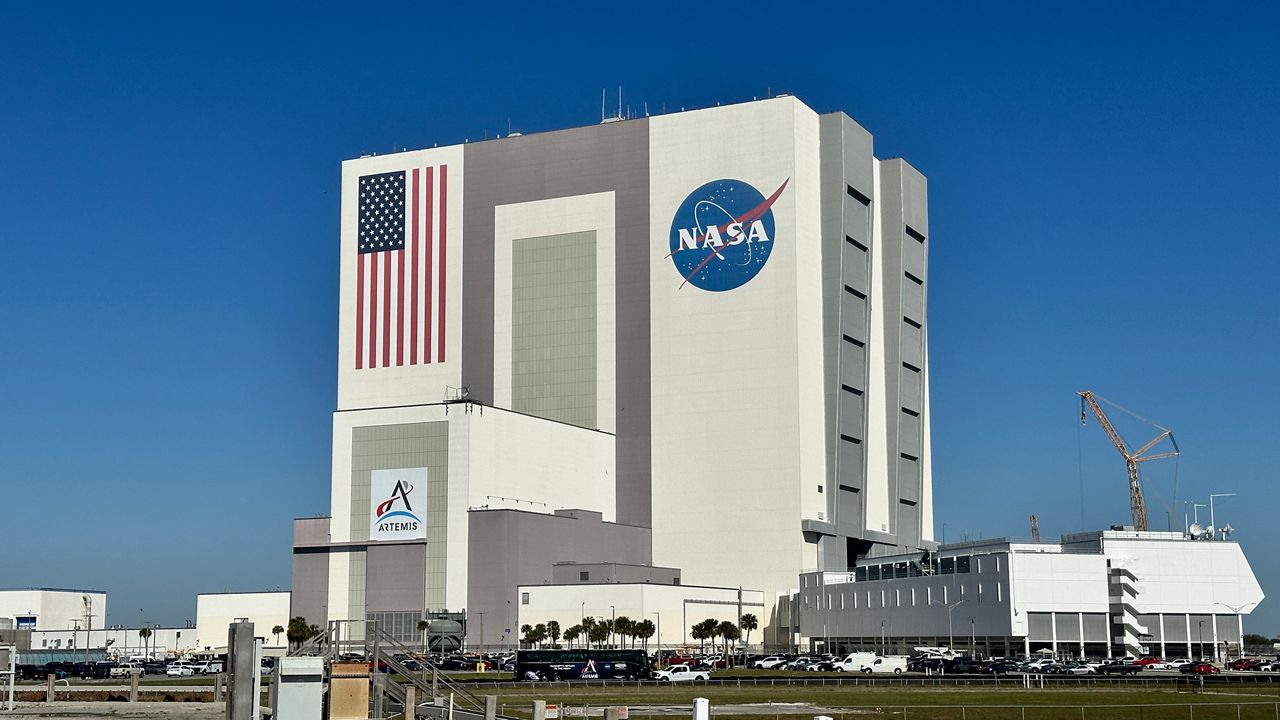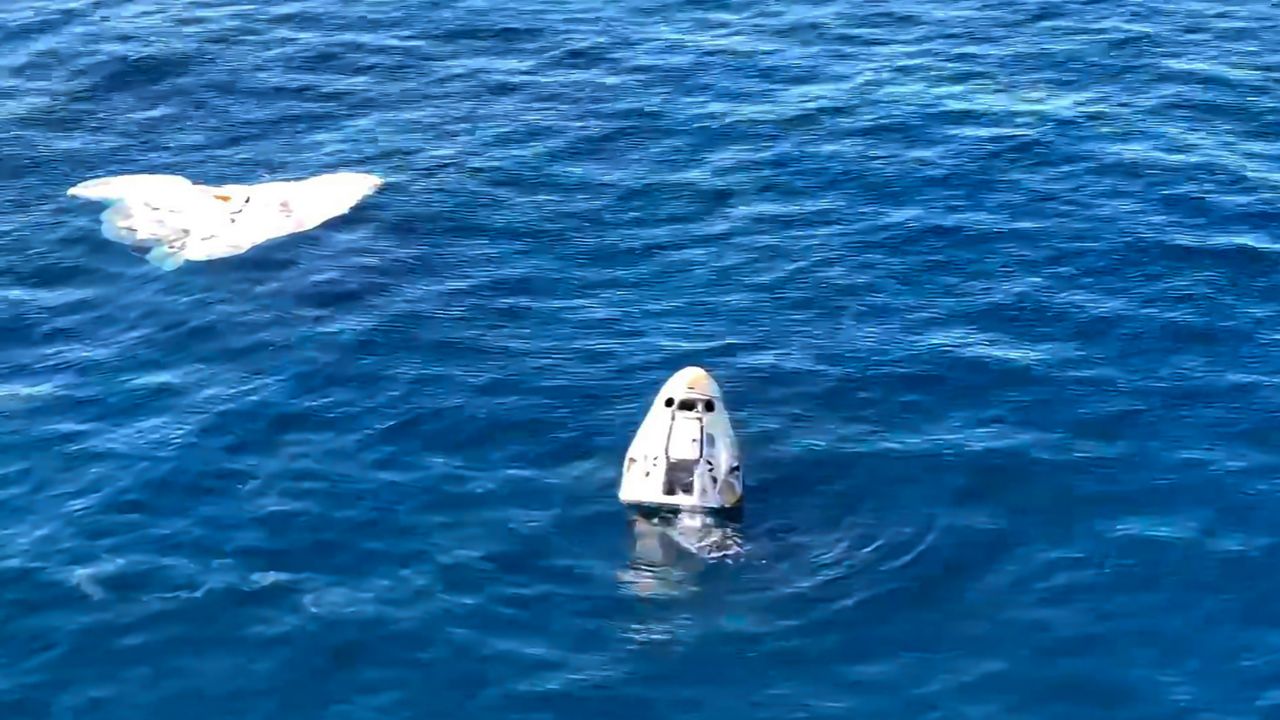KENNEDY SPACE CENTER — Getting cheers from a crowd battling the chilly winds, SpaceX successfully launched a pair of lunar landers from companies Firefly Aerospace and ispace early Wednesday morning. Their next stop: The moon.
What You Need To Know
- Onboard the Falcon 9 rocket are two separate lunar landers from two different companies
- Texas-based company Firefly Aerospace is having its lunar lander called Blue Ghost being launched
- Also included on the rocket is Japanese company ispace’s HAKUTO-R lunar lander
- RELATED coverage
Early this morning, @SpaceX successfully launched a pair of lunar landers from companies @Firefly_Space and @ispace_inc. Their next stop: The #moon.
— 🚀Anthony Leone🌕 (@AnthonyLeone) January 15, 2025
Video by me.
Get more about the missions in my article at @MyNews13: https://t.co/dgJD78cf1A pic.twitter.com/q7Zz3LPeXV
SpaceX’s Falcon 9 rocket took off with the Blue Ghost and HAKUTO-R from Florida’s famed Launch Center 39A at the Kennedy Space Center, stated SpaceX.
The instantaneous launch window was at 1:11 a.m. ET, Wednesday.
If the launch was scrubbed, the next attempt would have been Thursday at 1:09 a.m. ET.
Going to the moon
The Falcon 9's first-stage booster for this mission, B1085, has only had four launches under its belt, with one of them being a crewed one.
After the stage separation, the first stage of the Falcon 9 rocket landed on the droneship Just Read the Instructions that will be stationed in the Atlantic Ocean.
Falcon 9 lands on the Just Read the Instructions droneship pic.twitter.com/1gjeo5F4Xe
— SpaceX (@SpaceX) January 15, 2025
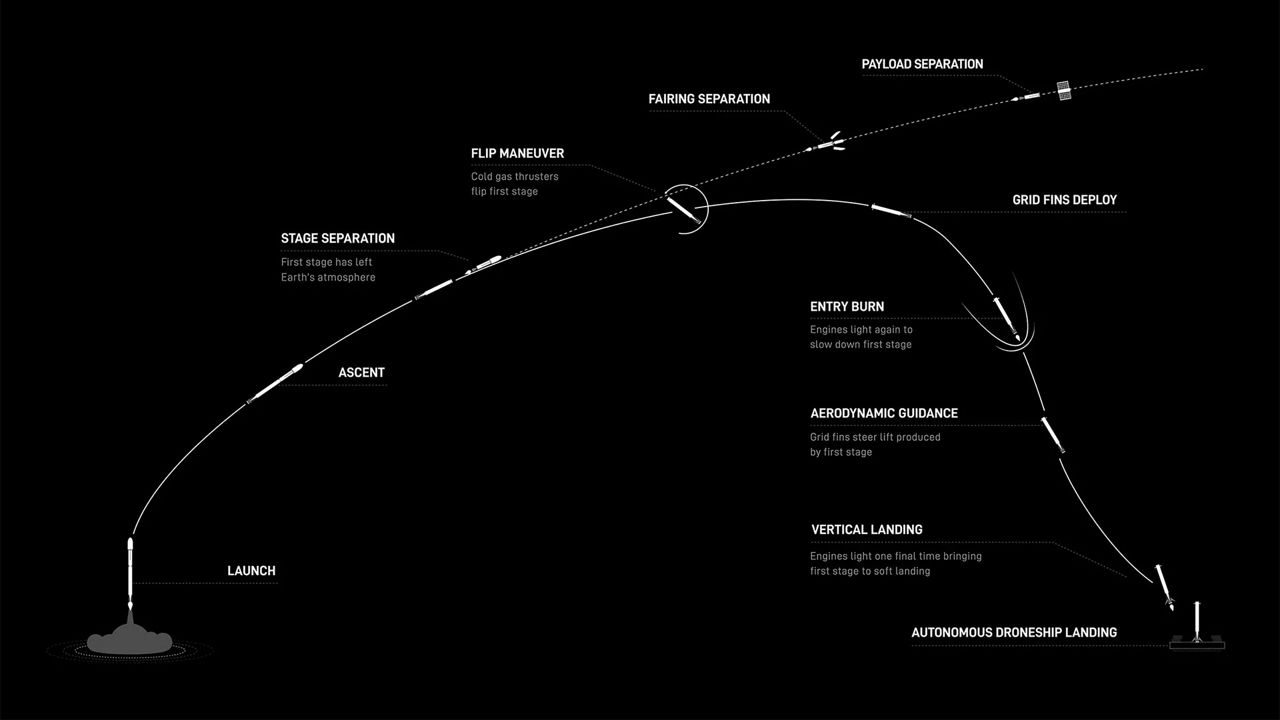
About the mission
Onboard the Falcon 9 rocket are two separate lunar landers from two different companies.
Firefly Aerospace, based in Texas, will see its lunar lander called Blue Ghost go on a 45-day journey to the moon as it carries 10 payloads of scientific equipment from universities, space companies and space agencies.
More about those payloads can be found here but Future Systems Architect at Firefly Aerospace Kevin Scholtes was telling Spectrum News about some of them, which ones he has his eyes on and what the next mission will be like.
Kevin Scholtes of @Firefly_Space was telling me about some of the payloads that the company’s #BlueGhost #lunarlander will carry to the #moon and he gave a preview of the next mission.
— 🚀Anthony Leone🌕 (@AnthonyLeone) January 15, 2025
Get more at @MyNews13: https://t.co/dgJD78cf1A pic.twitter.com/8tMwEX7ZYb
Blue Ghost Chief Engineer Will Coogan explained to Spectrum News that the company’s first mission, called Ghost Riders in the Sky, will hopefully collect new scientific data from the Blue Ghost.
He also said that the payloads will help our return to the moon.
“All 10 payloads are exciting in their own way. They’ll help unlock new insights and demonstrate new technologies that are paving the way for humanity’s return to the moon,” he stated.
Blue Ghost will not be heading to the moon alone. Japanese company ispace will also see its HAKUTO-R Mission 2 making its way to Earth’s lunar sister.
The HAKUTO-R lunar lander named RESILIENCE and its buddy the micro lunar rover named TENACIOUS will also have a 45-day trek to Earth’s own companion but the pair will orbit the moon between four to five months before landing.
Both RESILIENCE and TENACIOUS have their own mission objectives, with the rover collecting lunar soil for NASA.
Launch day is just around the corner! Let’s take a look back on how RESILIENCE came together prior to shipping to Florida in preparation for launch.
— ispace (@ispace_inc) January 14, 2025
In this video, ispace QC & AIT Manager Scott Moon takes us through the team’s work assembling and testing the spacecraft.#ispace… pic.twitter.com/P5DXEz5PZ6
To the moon or bust
In 2023, ispace attempted to land on the moon with its HAKUTO-R Mission 1 but it did not stick the landing. However, amazing photos of Earth from the moon were captured and the data collected from that mission has been used for this latest one.
Going to the moon is not exactly a walk in the park. While there have been some successes, like when China's Chang's 6 probe collected lunar rock and soil samples and returned to Earth in 2024, there has been two private companies that had less than stellar results last year.
Astrobotic stated that its Peregrine lunar lander lost fuel due to an anomaly and it did not reach the moon after the maiden flight of United Launch Alliance’s new Vulcan rocket. The Peregrine was redirected to return to Earth and it crashed into the Pacific Ocean.
Intuitive Machines became the first private commercial company to land on Earth’s sister and the company called it a successful mission, however, the company’s Nova-C lunar lander tipped over.




